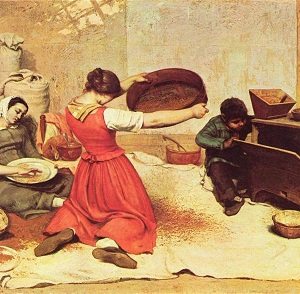Art serves as a mirror in societal psychology, reflecting the thoughts, emotions, values, and concerns of a given time and culture. It embodies the collective consciousness, expressing cultural identity, social commentary, and psychological exploration.
Through visual arts, music, literature, and performance, artists convey societal issues, challenge norms, and offer glimpses into the shared human experience. Artistic movements emerge in response to social changes, catalyzing dialogue and provoking introspection.
Symbols, metaphors, and archetypes in art tap into universal aspects of the human psyche, transcending boundaries. By examining art as a mirror of societal psychology, we gain insights into the complexities, aspirations, and challenges of a society, fostering understanding and empathy.
Here are a few ways in which art serves as a reflection of societal psychology
Cultural Identity and Expression
Art can express and embody the cultural identity of a society. It reflects the beliefs, traditions, and values of a particular community or group.
Whether through visual arts, music, literature, or performance, art provides a platform for individuals and communities to express their collective experiences, struggles, and aspirations.
By examining the themes, symbols, and narratives present in artworks, we can gain insights into the societal psychology and the prevailing ideas of a specific time and place.
Social Commentary and Critique
Artists often use their creative works to comment on and critique societal issues. Through their art, they may challenge social norms, expose injustices, or highlight pressing concerns.

Artistic movements, such as Dadaism, Pop Art, or Social Realism, have emerged as responses to specific social and political contexts, reflecting the collective psychology and calling for change or introspection.
Psychological Exploration and Expression
Art can serve as a means of individual psychological exploration and expression, allowing artists to delve into their own psyche and emotions.
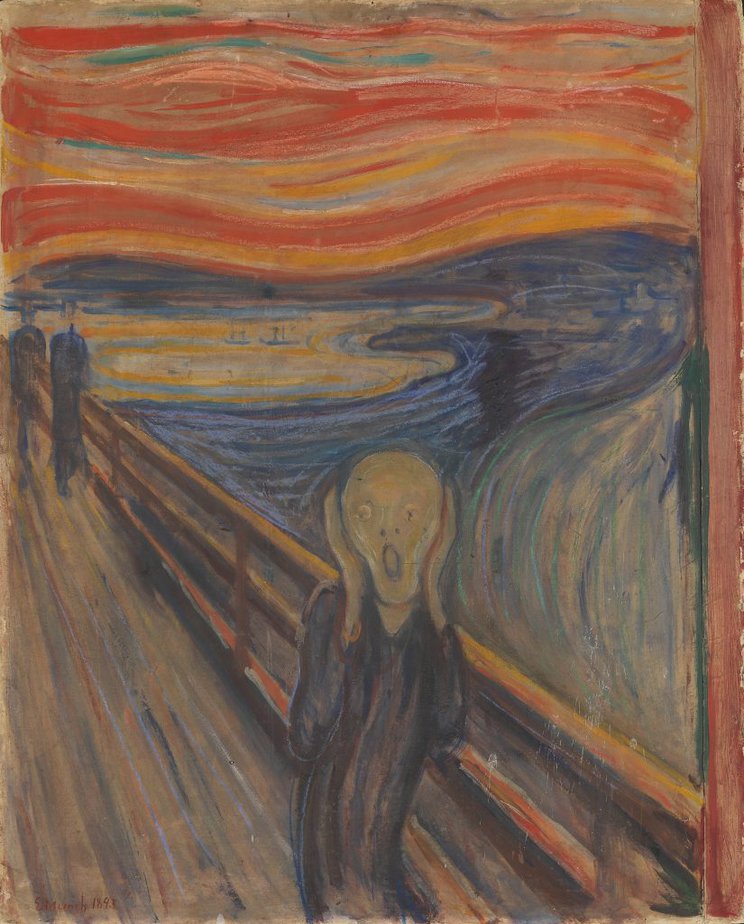
This painting expresses deep anxiety and despair through the figure’s contorted face and swirling background, resonating with modern life complexities.
Through their creative process, artists may address personal struggles, desires, fears, or inner conflicts. When these individual expressions come together, they contribute to a broader understanding of the collective human experience and the shared psychological dimensions of a society.
Symbolism and Archetypes
Art often employs symbols and archetypes that tap into universal aspects of the human psyche. These symbols and archetypes resonate with individuals on a deep, psychological level, transcending cultural and temporal boundaries.
Artists may use archetypal figures, motifs, or narratives to convey universal themes, emotions, or psychological struggles, providing a mirror through which viewers can reflect on their own inner worlds.
Reflection of Historical and Social Contexts
Art is influenced by the historical, social, and political contexts in which it emerges. Artists respond to the events, ideologies, and cultural shifts of their time, and their creations reflect these contexts.
Analyzing the artistic production of a specific era can unveil the societal psychology of that period, shedding light on prevailing attitudes, collective traumas, or societal transformations.
By examining art as a mirror of societal psychology, we can gain valuable insights into the complexities, aspirations, and challenges of a given society.
Art provides a unique lens through which we can explore and understand the collective psyche and the evolving dynamics of human experiences.
Specific art movements refer to distinct and identifiable periods in the history of art characterized by shared artistic styles, themes, techniques, and ideologies. These movements often emerge in response to social, cultural, political, or psychological shifts and are associated with a group of artists who share common objectives or approaches to creating art.
Here are some examples of specific art movements:
Renaissance
The Renaissance, which took place in Europe between the 14th and 17th centuries, marked a revival of interest in classical Greek and Roman art, science, and philosophy.
It emphasized humanism, individualism, and the pursuit of knowledge.
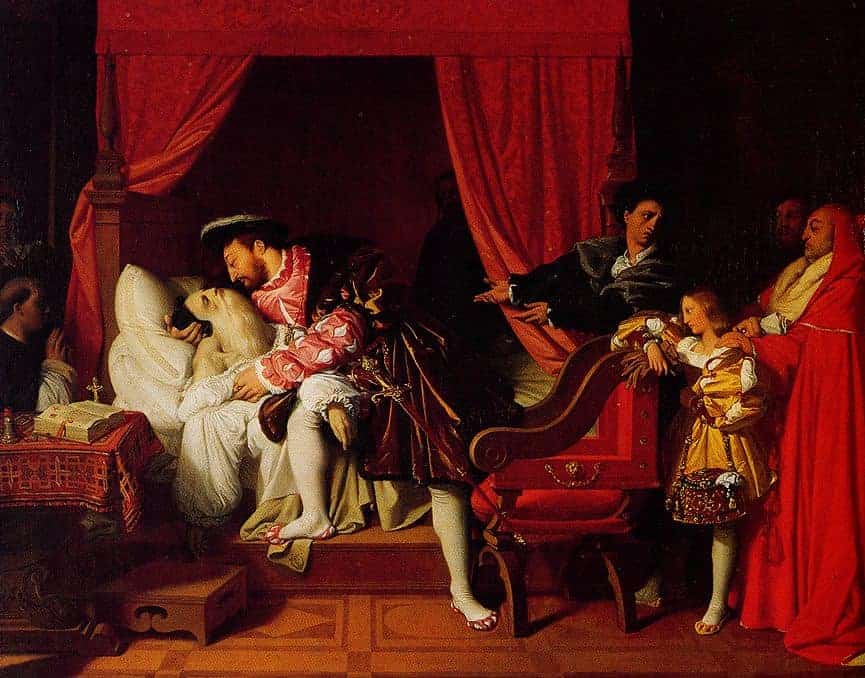
Artists such as Leonardo da Vinci, Michelangelo, and Raphael created works that celebrated the beauty of the human form, perspective, and naturalistic representation.
Impressionism
Impressionism emerged in the late 19th century as a reaction against the strict academic conventions of the time.
Artists like Claude Monet, Pierre-Auguste Renoir, and Edgar Degas sought to capture the fleeting effects of light and atmosphere in their paintings.
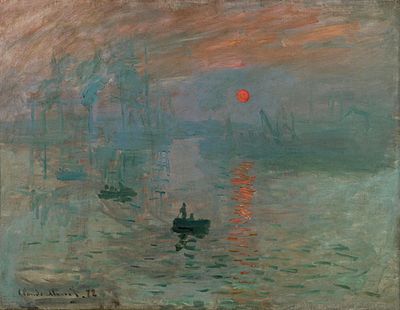
They used loose brushwork, vibrant colors, and a focus on everyday subjects and landscapes to convey the impression or sensation of a moment.
Cubism
Cubism, developed by artists such as Pablo Picasso and Georges Braque in the early 20th century, revolutionized the depiction of form and space. It broke down objects into geometric shapes, fragmented perspectives, and multiple viewpoints.
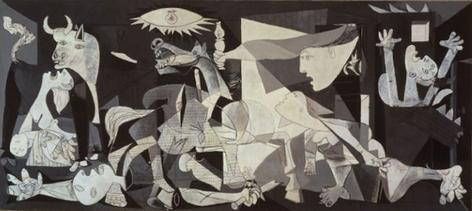
Guernica is a remarkable anti-war painting that was created as a response to the bombing of Guernica during the Spanish Civil War. It is a powerful piece of artwork that captures the terrifying impact of conflict, both physically and psychologically.
The painting features distorted and fragmented figures that convey the collective trauma and anguish experienced by the victims. It is a poignant reminder of the horrors of war and the devastating effects it can have on innocent people.
Cubist artworks presented a complex, abstracted representation of reality, challenging traditional notions of representation and inviting viewers to explore different ways of seeing.
Abstract Expressionism
Abstract Expressionism emerged in the mid-20th century as a response to the traumas of World War II and the desire for individual expression. Artists like Jackson Pollock, Mark Rothko, and Willem de Kooning created large-scale abstract artworks characterized by spontaneous, gestural brushwork, emotional intensity, and a focus on the inner world of the artist. The movement emphasized the act of creation and the exploration of the artist’s psyche.
Pop Art
Pop Art, which arose in the 1950s and 1960s, incorporated popular imagery, consumer culture, and mass media into artworks.

Artists such as Andy Warhol, Roy Lichtenstein, and Claes Oldenburg used techniques of appropriation, repetition, and bold, colorful visuals to comment on and critique the commodification of everyday life and the influence of popular culture.
These are just a few examples of specific art movements that have made significant contributions to the development and evolution of art.
Each movement has its own distinct characteristics, historical context, and influence on subsequent artistic developments.
Conclusion
Art reflects societal psychology by capturing the collective consciousness, addressing social issues, and exploring the human psyche. Through artworks, we gain insights into different cultures and time periods, allowing us to delve into the shared experiences, aspirations, and challenges of humanity.


